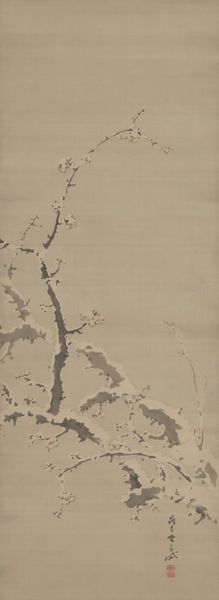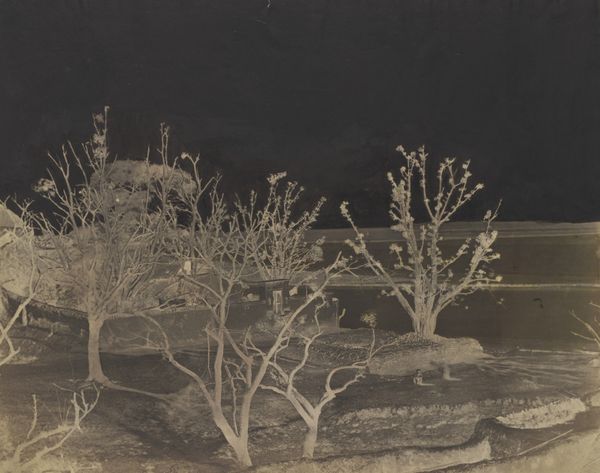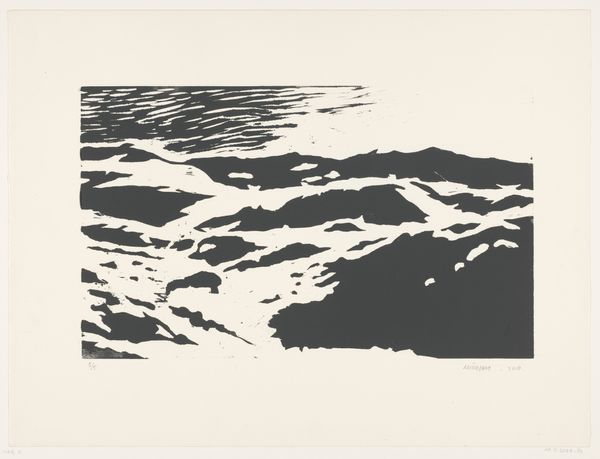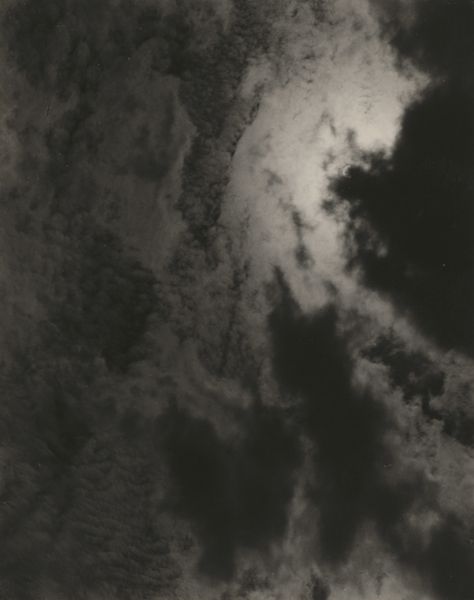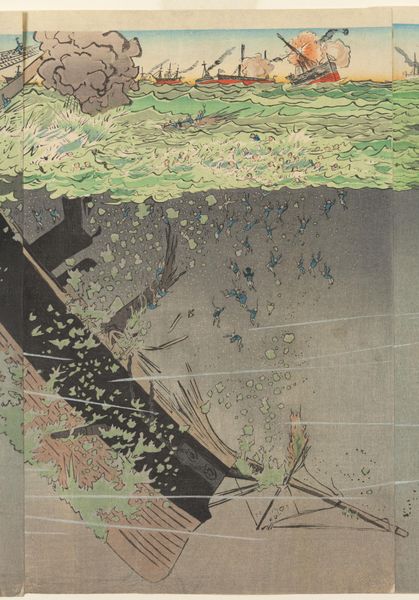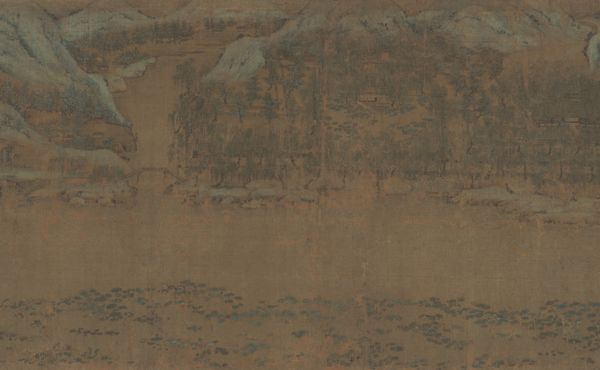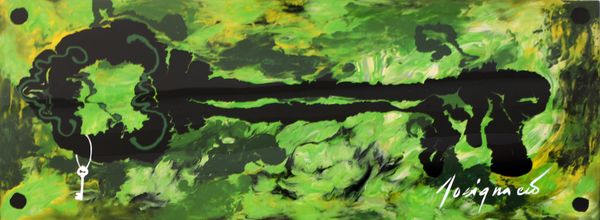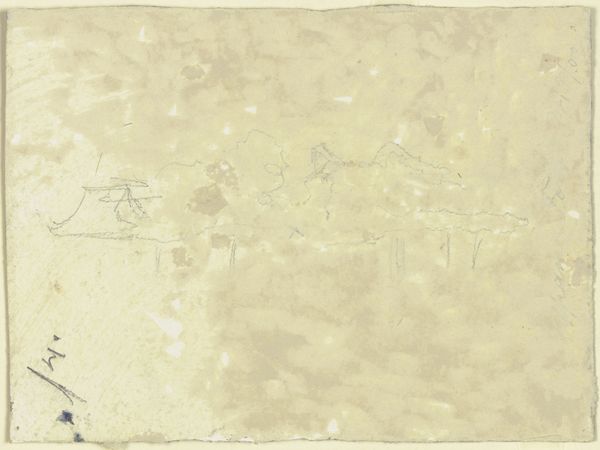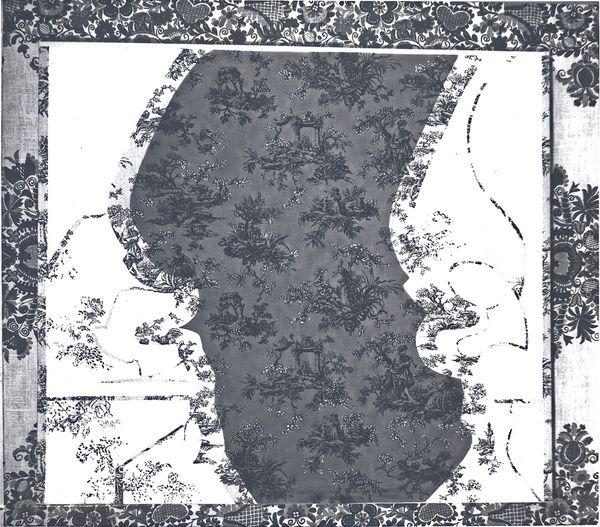
Dimensions: image: 37.47 x 47.63 cm (14 3/4 x 18 3/4 in.)
Copyright: National Gallery of Art: CC0 1.0
Editor: So here we have John Murray’s "Nynee Tall from South End," taken sometime between 1858 and 1862. It’s a gelatin-silver print. I’m really struck by the way the photographic process seems to almost invert the landscape, turning the trees a ghostly white. What stands out to you when you look at this work? Curator: Considering it's a gelatin-silver print, think about the labor involved in creating this image back then. We often overlook the materiality. The gelatin itself, derived from animal collagen, links the photograph directly to a system of resource extraction and industrial processes. How does understanding the embodied labor and the origins of these materials alter your reading of the tranquil landscape? Editor: That's a completely different angle! It makes me think about the industrial revolution and how even supposedly "natural" scenes were shaped by it. Does this kind of perspective also influence how we look at the composition? Curator: Absolutely. Consider the deliberate composition – the framing of the lake by the foliage, the dramatic contrast between the light trees and the dark mountains. Murray isn't just capturing a view, he's constructing an image. Think about the economic forces driving the colonial gaze. These images weren't neutral; they participated in the visualization and control of colonized lands. Who was consuming these photographs, and what was their relationship to the depicted landscape? Editor: So, seeing it that way, it wasn't just a pretty picture but part of a much bigger system of resource control. I’ll never look at a landscape the same way again. Curator: Precisely. This is just one entry point of critically assessing and understanding art production throughout its making, use, and meaning.
Comments
No comments
Be the first to comment and join the conversation on the ultimate creative platform.
